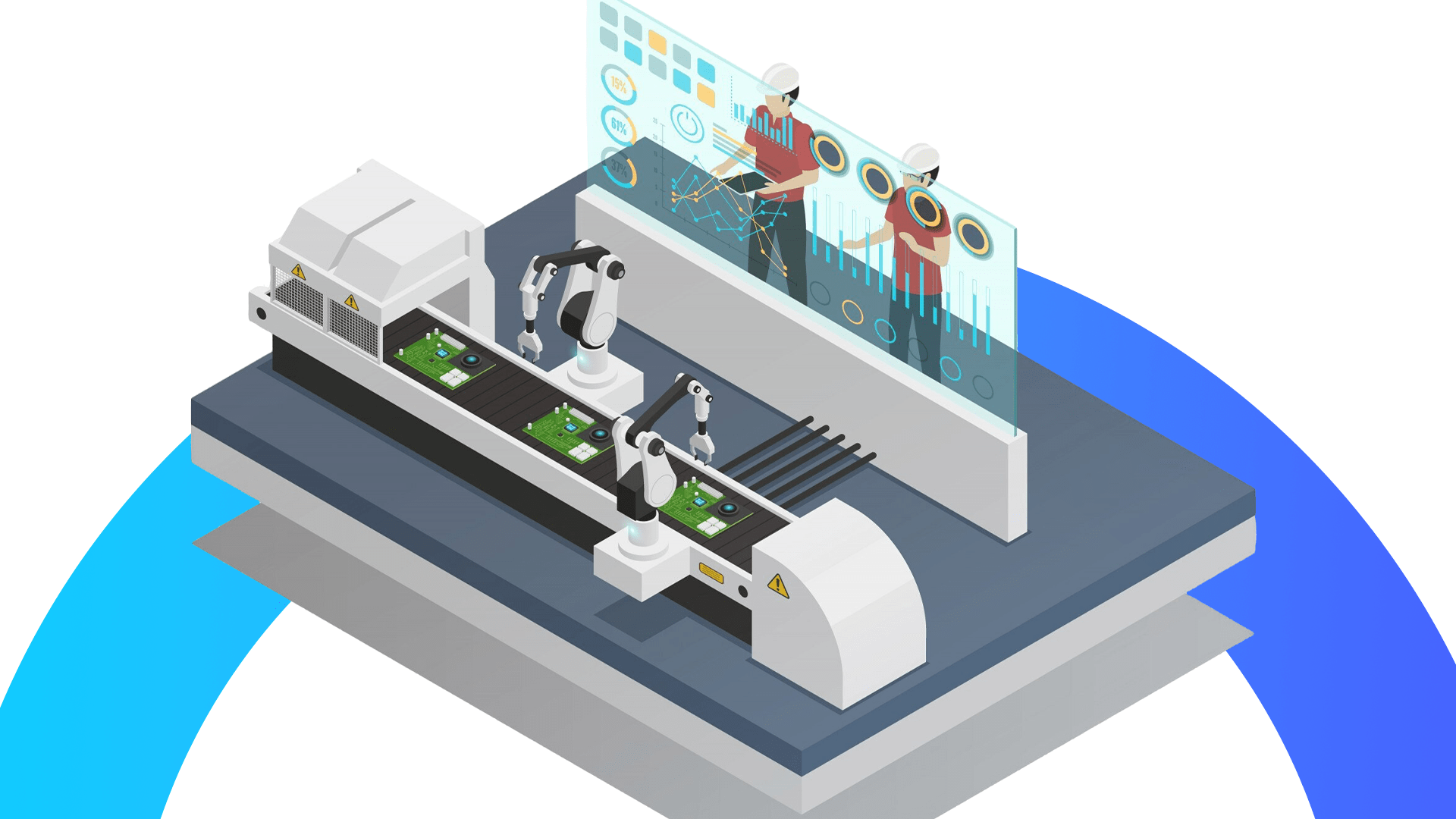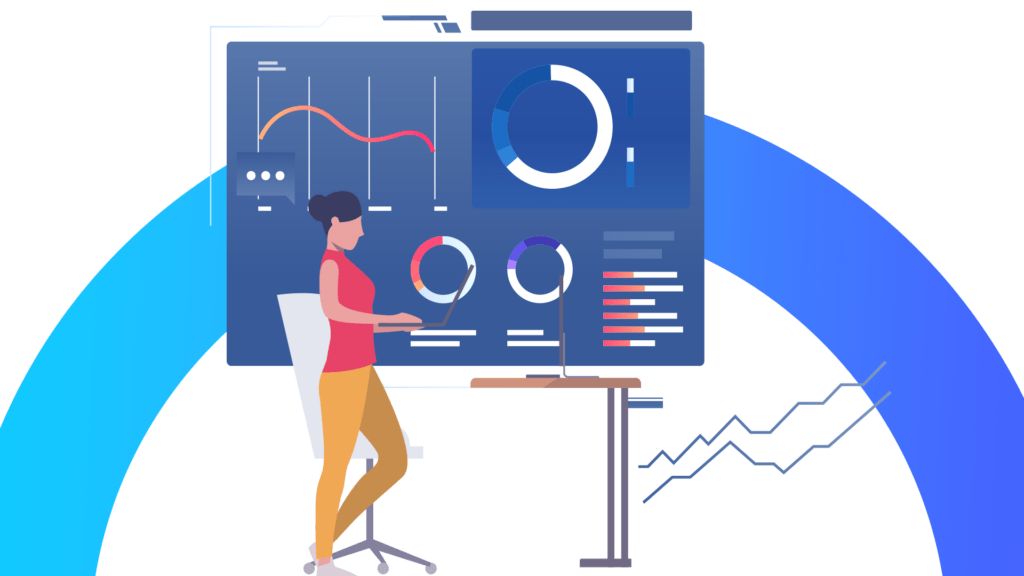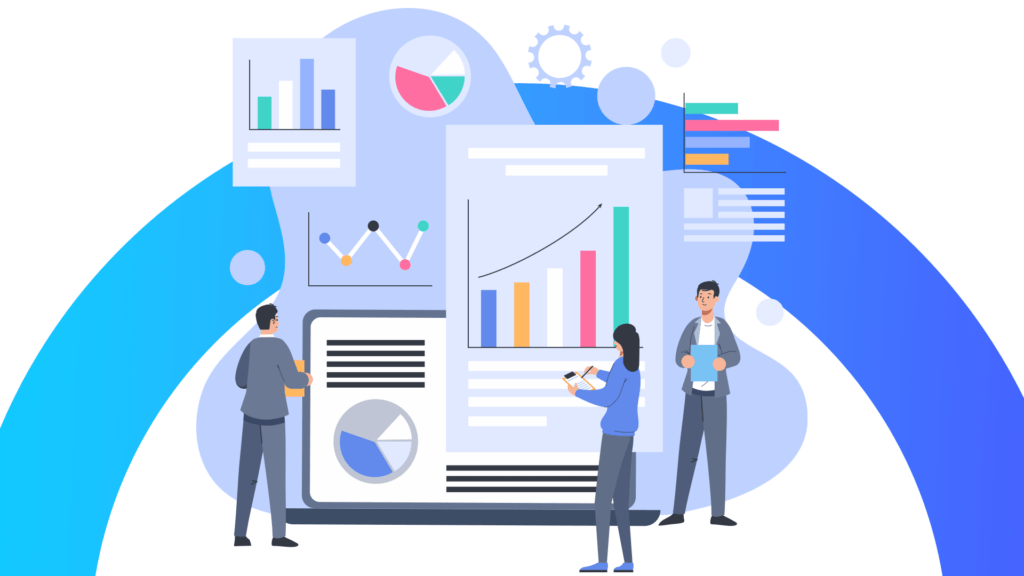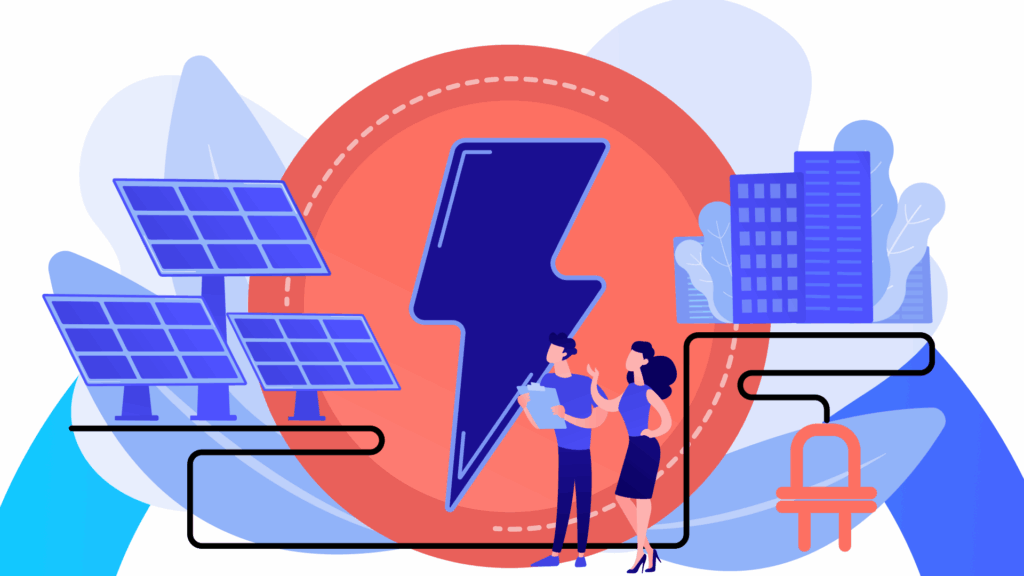Digital twin AI blends virtual models with smart analysis, revolutionizing industries. From manufacturing to healthcare, it’s driving innovation. Read on to discover how this technology is shaping the future.
Introduction
Picture a digital counterpart of a real-world object that evolves, learns, and becomes increasingly intelligent over time. That’s the magic of digital twin AI. This revolutionary technology combines the power of digital twins with artificial intelligence (AI), unlocking endless possibilities across industries.
Let’s dive into how this game-changing duo is transforming operations, decision-making, and innovation.
What is digital twin AI?
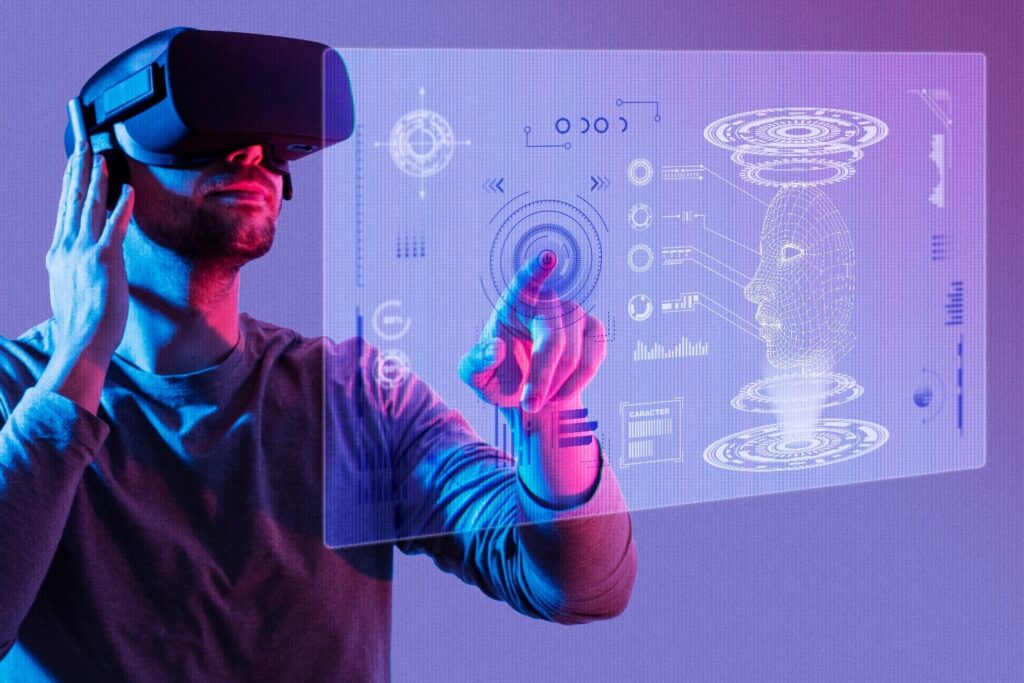
A digital twin is a virtual representation of a physical object, system, or process. It mirrors the real-world counterpart in real time, using data from sensors and devices. When AI integrates with digital twins, it adds intelligence by processing data, forecasting trends, and offering actionable insights. This combination enhances efficiency, reduces costs, and opens the door to smarter systems.
To learn more about digital twin technology, click here.
Key roles of AI in digital twin technology
Digital twin AI goes beyond the hype, driving transformative changes across diverse industries. Here’s how AI supercharges digital twins:
1. Advanced data analysis and pattern recognition
AI excels at processing massive amounts of data. It identifies patterns and anomalies and uncovers insights hidden in the noise. For instance, in manufacturing, AI detects subtle changes in machinery performance, signalling potential issues before they escalate.
2. Predictive maintenance and failure prevention
3. Operational optimization
Digital twins powered by AI simulate real-world scenarios to streamline workflows, identify inefficiencies, and maximize resource utilization for better results. For example, in smart cities, digital twins AI adjusts traffic systems dynamically to reduce congestion.
4. Enhanced decision-making capabilities
By synthesizing real-time and historical data, AI provides real-time insights that help businesses make informed decisions. It identifies root causes and suggests actionable solutions. In healthcare, a digital twin of a patient can recommend tailored treatment plans based on real-time data.
5. Realistic training and simulation
AI enables digital twins to create interactive training environments. Trainees can experiment without risks to physical systems. For instance, pilots use digital twins of aircraft to simulate extreme weather conditions or technical failures.
6. Adaptive learning systems
AI empowers digital twins to learn and adapt continuously. As the physical system evolves, so does its twin. This self-learning capability ensures the twin remains accurate and relevant. A wind turbine’s digital twin, for instance, refines energy forecasts based on shifting wind patterns.
Industry applications of digital twin AI
Digital twin AI is already making waves across industries. Let’s explore some real-world use cases:
• Manufacturing
Factories use digital twins to streamline production processes. AI identifies inefficiencies, reduces waste, and ensures quality control. Predictive maintenance minimizes downtime, saving money and resources.
• Healthcare
In healthcare, digital twin personalizes treatment plans. It models patient conditions, predicts outcomes, and improves recovery rates. This technology also aids in medical device development and clinical trials.
• Energy
Energy providers use digital twins to monitor grids and optimize energy distribution. AI helps predict demand and identify faults in real time, improving reliability and sustainability.
• Aerospace
In aerospace, digital twins enhance design, manufacturing, and maintenance. AI-powered twins predict issues before they impact safety or performance, ensuring smoother operations.
• Smart cities
Digital twin AI transforms urban planning and management. Cities use it to optimize traffic, energy usage, and public services. This technology creates sustainable, efficient urban environments.
The future of digital twin AI
Digital twin AI is still evolving, and the possibilities are limitless. As AI models become more advanced, digital twins will gain even greater predictive and adaptive capabilities. Industries will rely on this technology to innovate and solve complex challenges.
The rise of generative AI also adds a new dimension. Digital twins will not only simulate but also design and create. For example, they could suggest better product designs or new manufacturing methods.
Why businesses should embrace digital twin AI
Businesses that adopt digital twin AI gain a competitive edge. This technology reduces costs, boosts efficiency, and enables smarter decision-making. It also enhances customer satisfaction by improving product quality and reliability.
For companies aiming to stay ahead, investing in digital twin AI is no longer optional. It’s the key to unlocking future growth and innovation. If you too would like to be part of this revolution, talk to our experts.

